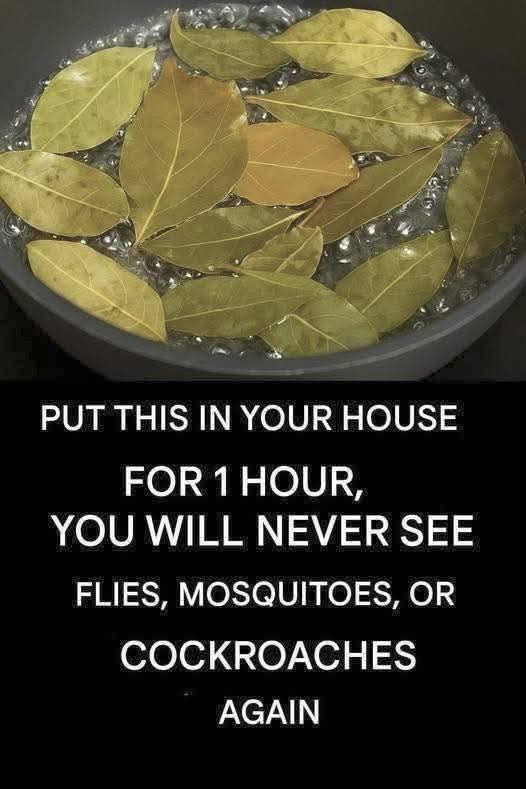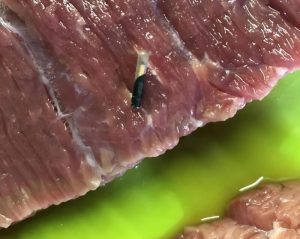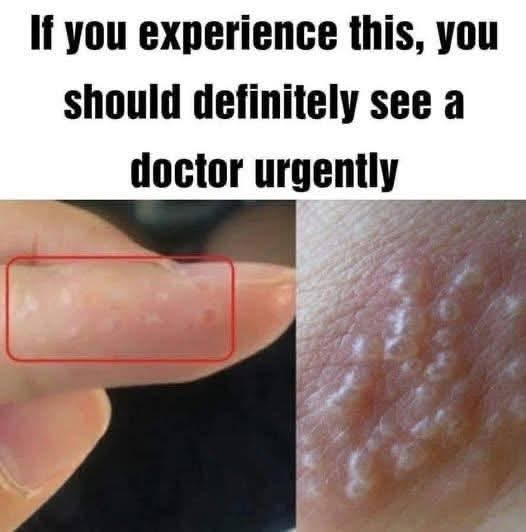How to Treat an Ingrown Toenail at Home: Tips and Natural Remedies
An ingrown toenail develops when the nail’s edge grows into the surrounding skin, resulting in pain, redness, and swelling. If left untreated, it might cause infection. While severe or persistent instances necessitate medical attention, small ingrown toenails can frequently be treated at home with simple remedies.
Common Causes of Ingrown Toenails
- Wearing shoes that are too tight or narrow
- Cutting toenails too short or rounding the edges
- Toe injuries
- Naturally curved toenails
- Poor foot hygiene
Signs You Have an Ingrown Toenail
- Pain and tenderness along one or both sides of the toenail
- Redness and swelling around the nail
- Warmth in the affected area
- Pus or drainage (a sign of infection)
-fd37a3.png)
Home Treatments for Ingrown Toenails
1. Soak Your Foot in Warm Salt Water
Soaking your foot helps soften the skin and ease inflammation.
How to do it:
- Fill a basin with warm water and add 1–2 tablespoons of Epsom salt.
- Soak your foot for 15–20 minutes, 2–3 times a day.
- Gently dry your foot afterward.
2. Lift the Nail Gently
After soaking, you can try to gently lift the ingrown edge of the nail to encourage it to grow above the skin.
Tip: Place a small piece of clean cotton or dental floss under the nail edge to keep it elevated. Change it daily.
3. Apply an Antibacterial Ointment
Using an over-the-counter antibiotic cream helps prevent infection.
How to do it:
- Apply a thin layer of ointment to the affected area after each soak.
- Cover with a clean bandage.
4. Wear Comfortable Shoes
Choose footwear with a wide toe box to reduce pressure on the toe. If possible, wear open-toed sandals until the nail heals.
5. Use Natural Remedies for Soothing Relief

Tea Tree Oil: Has natural antibacterial properties. Mix a few drops with a carrier oil and apply to the affected area.
Apple Cider Vinegar: Soak your foot in a diluted apple cider vinegar solution to help reduce bacteria and inflammation.
Aloe Vera Gel: Apply directly to soothe irritation.
When to See a Doctor
Seek medical attention if:
- The pain is severe or worsening
- There is significant pus, swelling, or spreading redness
- You have diabetes or poor circulation
- The nail repeatedly becomes ingrown








